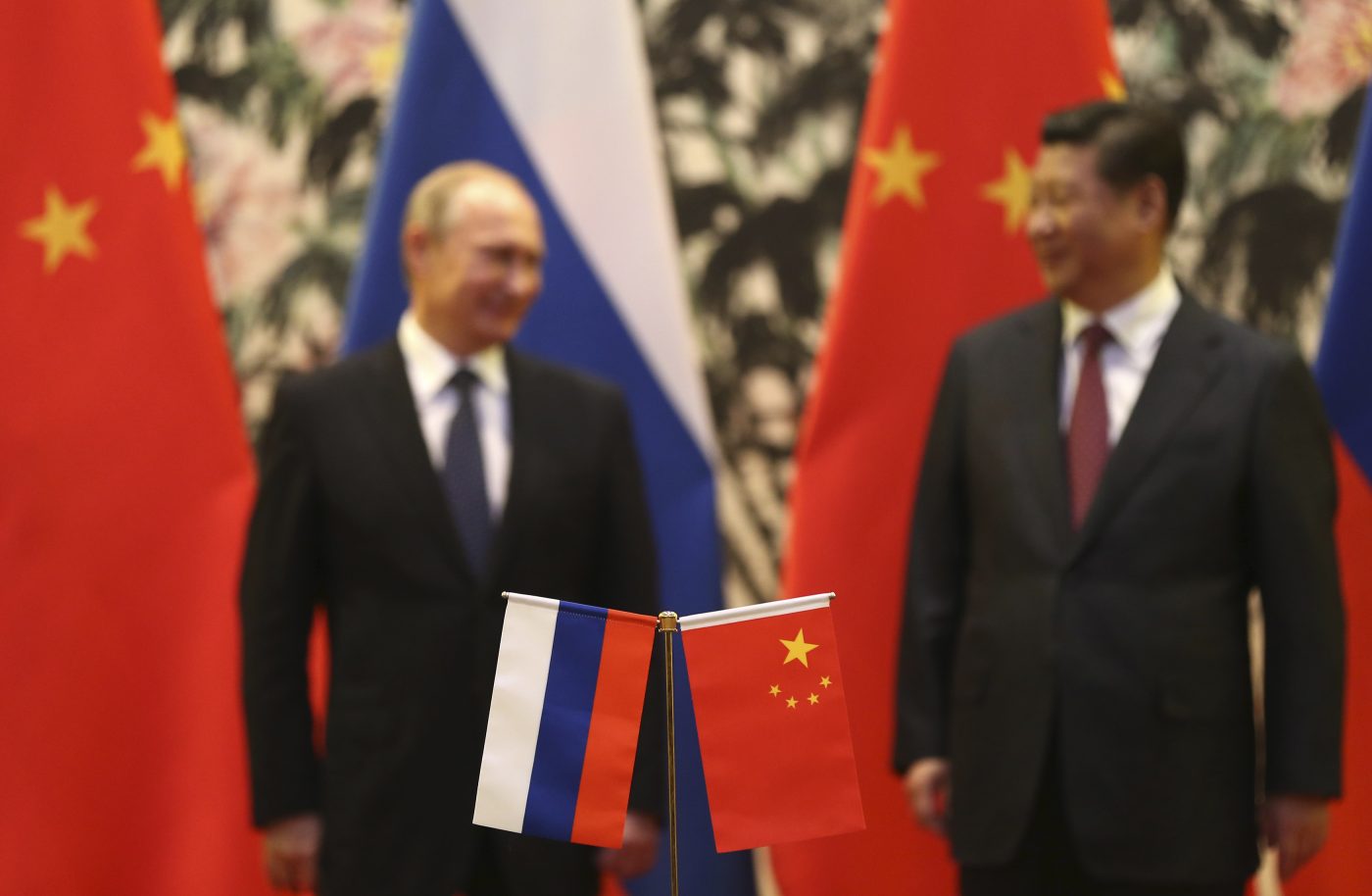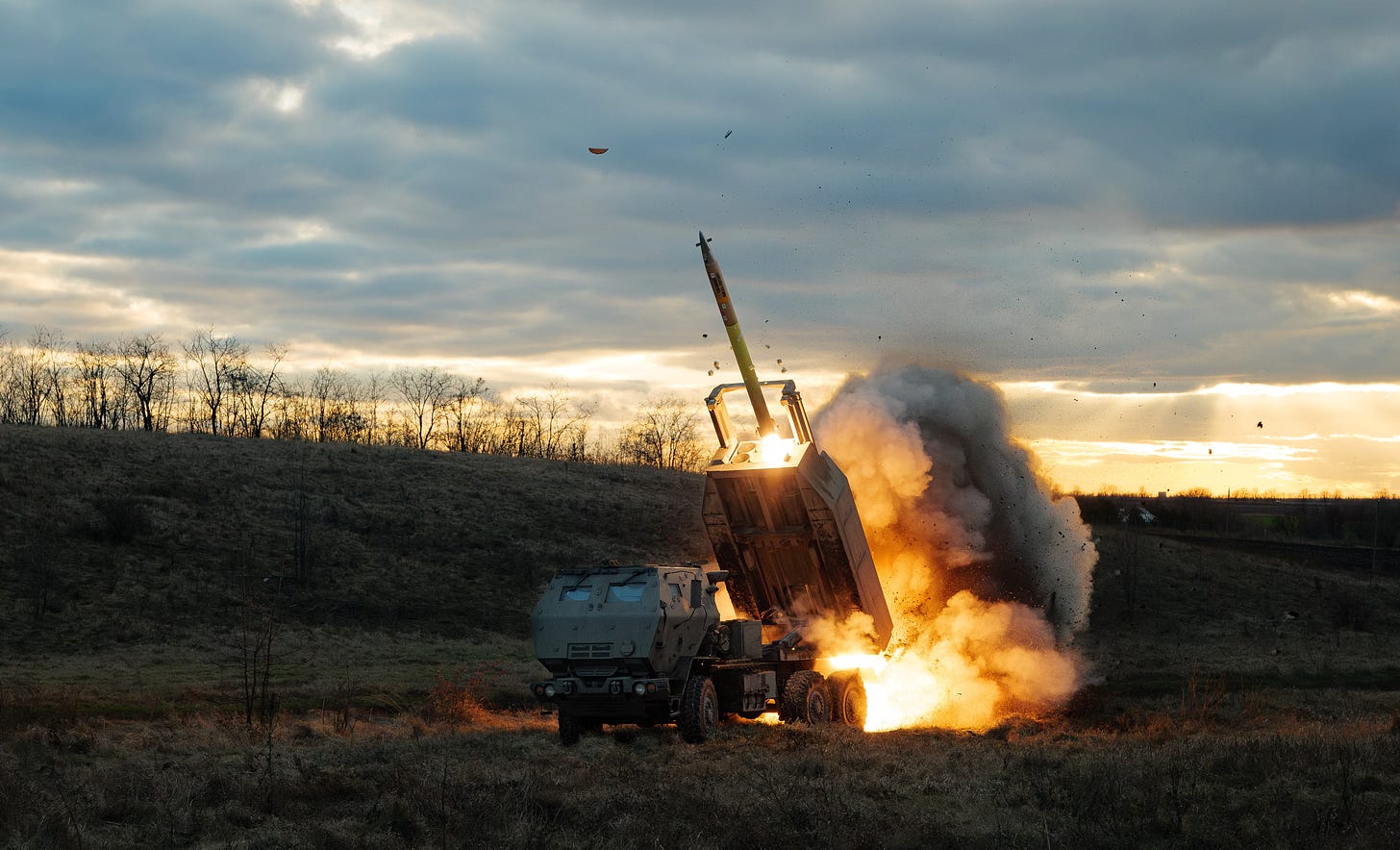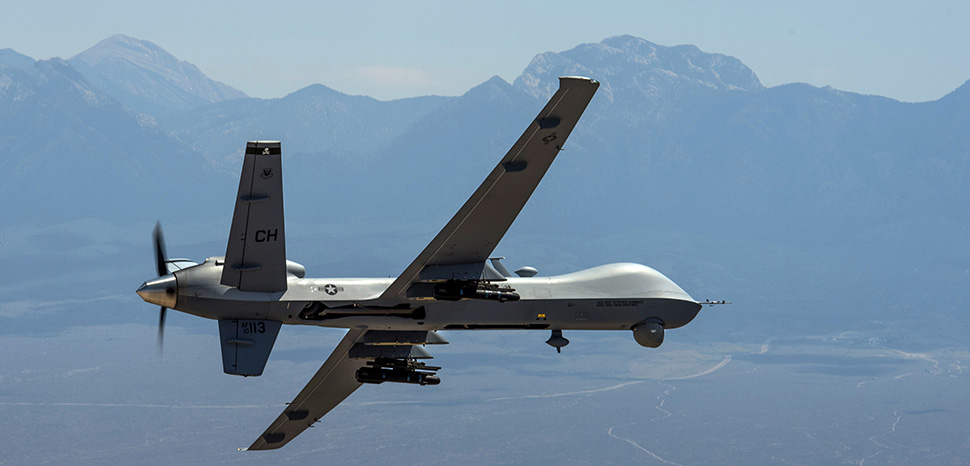Matt Gobush
Step inside a traditionally built church and, in a sense, you’re boarding a capsized ship. The nave, or long expanse in the cruciform design where worshippers gather under a vaulted ceiling, derives its name from “naval” because its shape reminded church builders of an inverted ship’s hull.
Indeed, life at sea was a metaphor of the early church. Like Moses’ parting of the Red Sea, Jesus conquered primordial fears of the deep when he walked on water. He pledged to his disciples, “I will make you fishers of men” (Mark 1: 16-18). The ancient church adopted the fish as a shibboleth signifying their secret fellowship, an acrostic derived from the Greek for “Jesus Christ, God’s Son, Savior,” the initial letters of each word spelling “ichthys,” or fish. Such symbolism resonated in a world centered around the Mediterranean, Christianity’s cradle and the “lake” of the Roman Empire. Had the Romans not ruled the waves, the Jesus movement may never have spread with such success.
Scholar Suzanne Bowles (née Geissler) explores the interesting nexus between church and sea – and, more pointedly, sea power – in her telling of the life, career and faith of Admiral Alfred Thayer Mahan (1840-1914). I read God and Sea Power while crossing the North Atlantic this winter on the Queen Mary II, which only added to my appreciation for the daring project Bowles undertook in this spiritual travel log of America’s greatest naval historian and strategist.
Figuratively, I first met Mahan in Geopolitics 101 as an undergraduate at Georgetown University. Together with Halford J. MacKinder, he was introduced to me as a founding father of the discipline for his seminal 1890 work, The Influence of Sea Power on History. To Mahan were attributed reigning doctrines of maritime military strategy: the importance of achieving fleet superiority and concentration, of securing distant ports for naval resupply, and of protecting strategic sea lanes for commerce and communications, among others.














